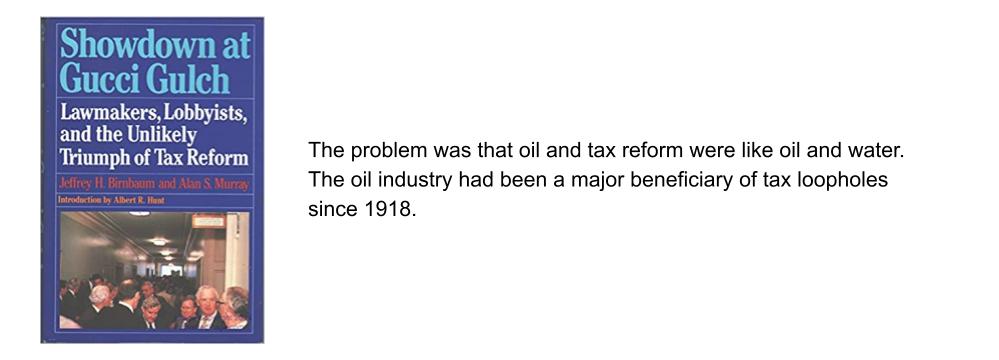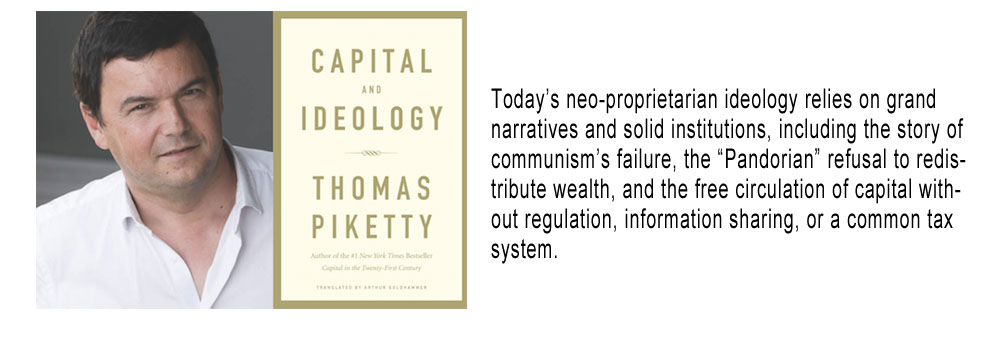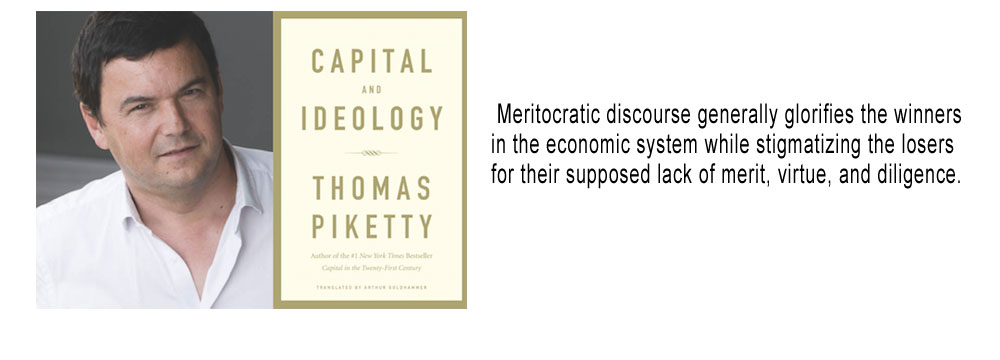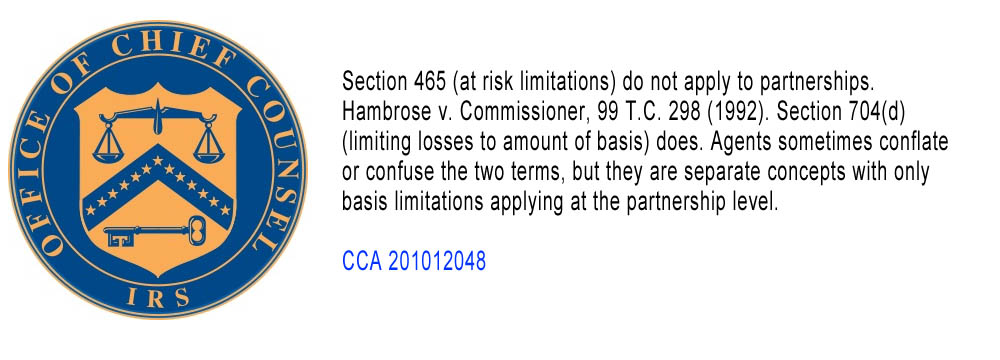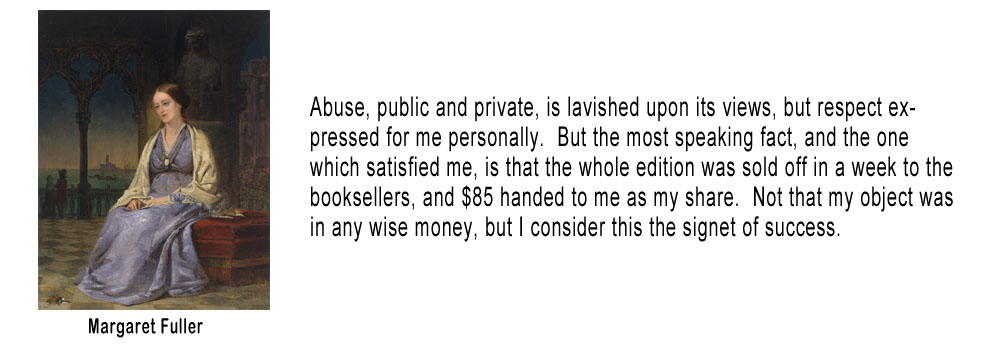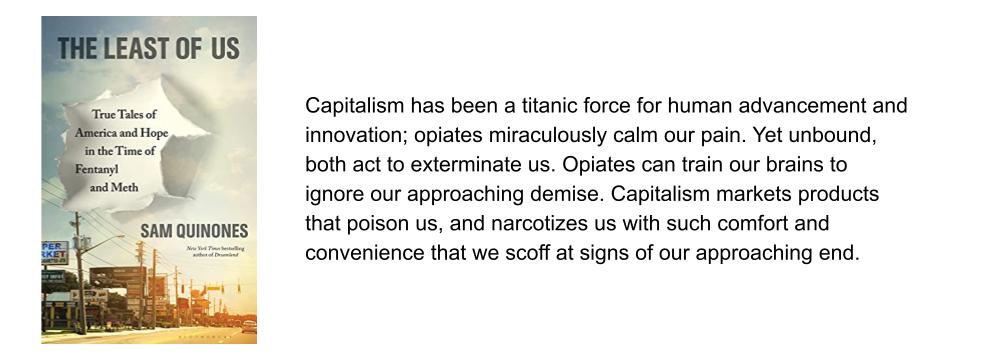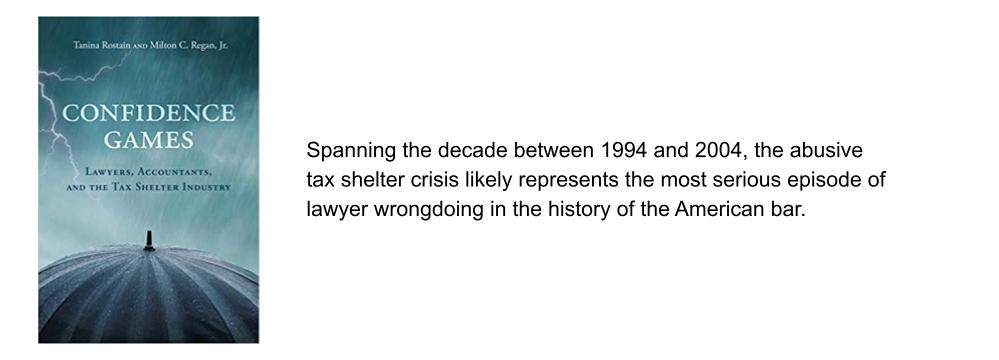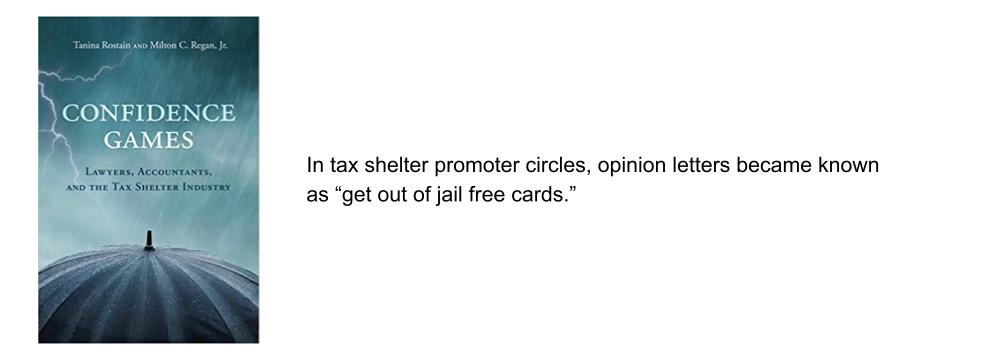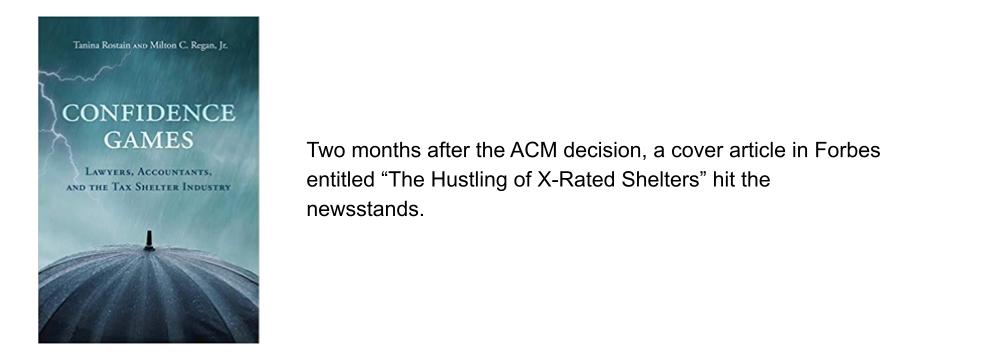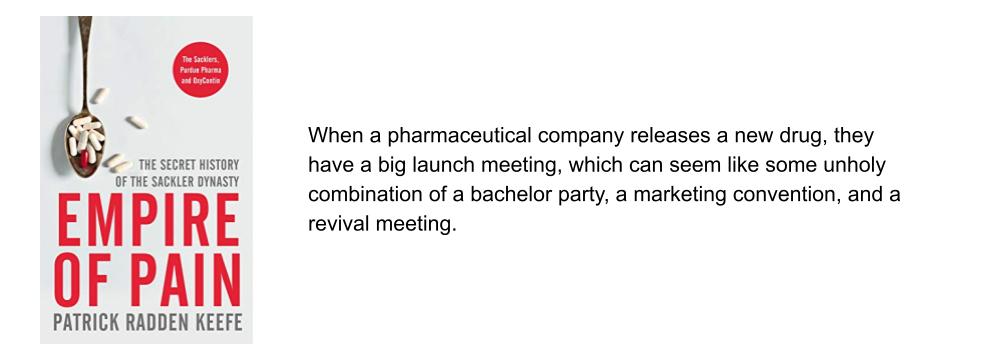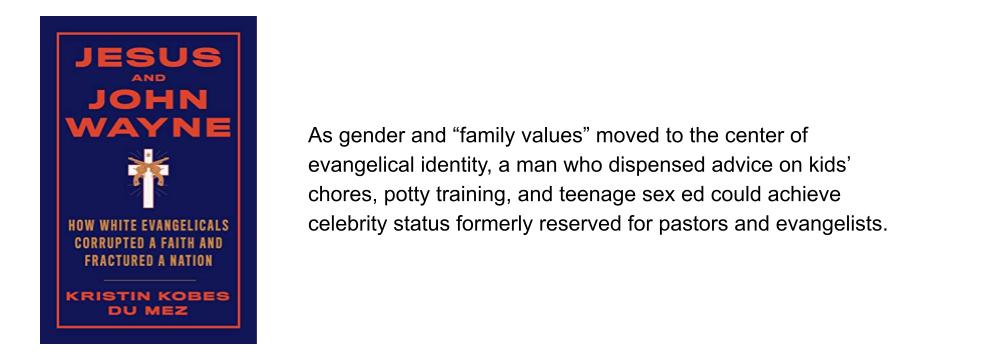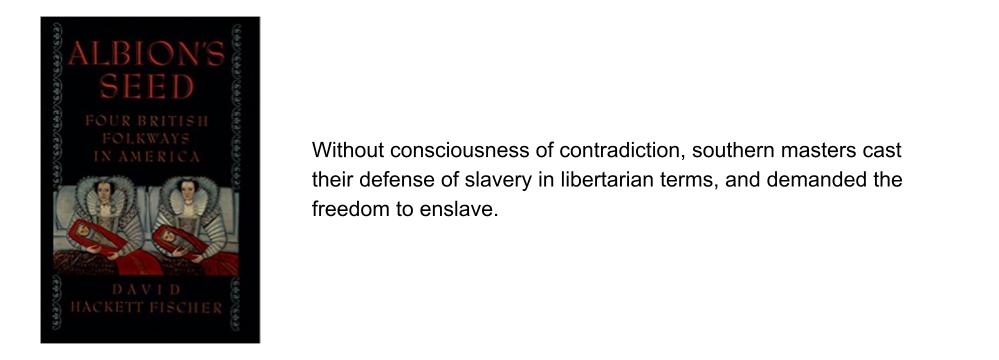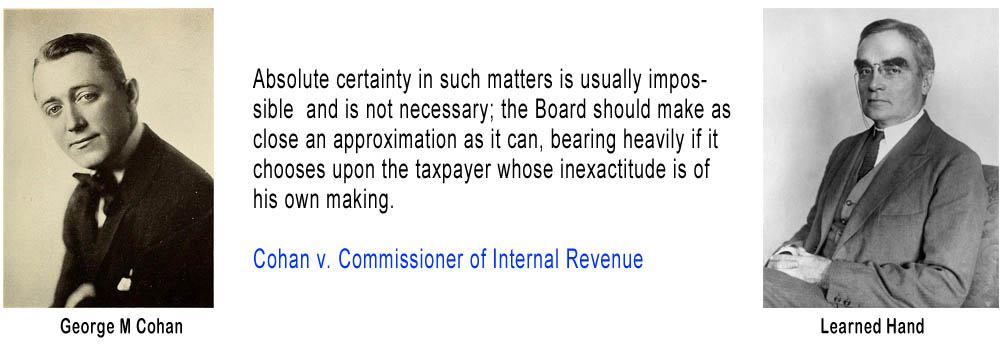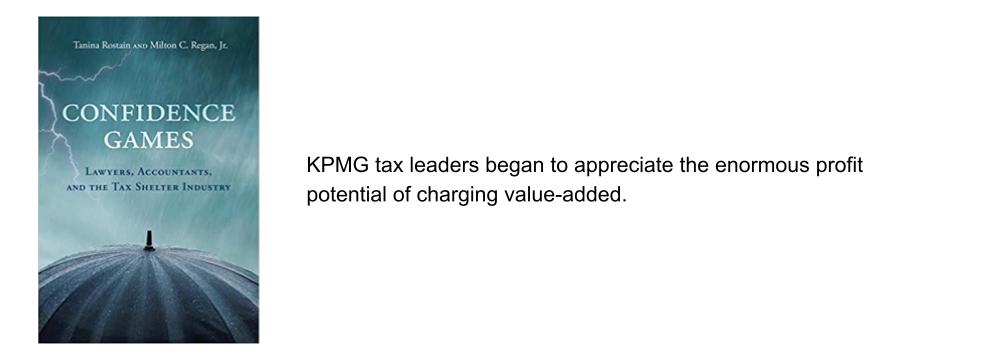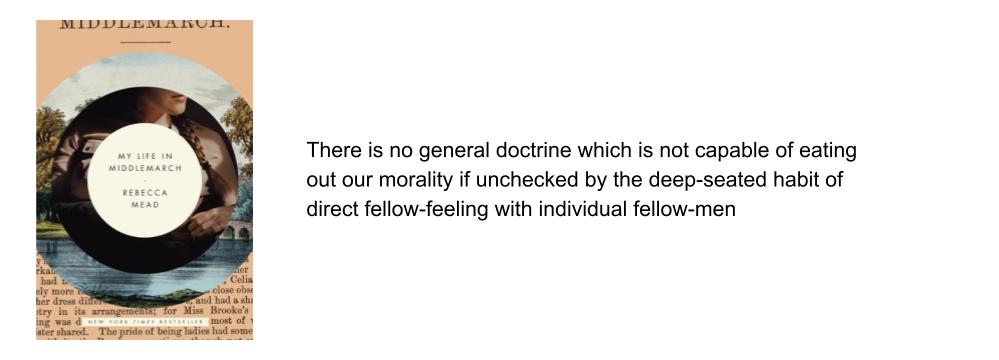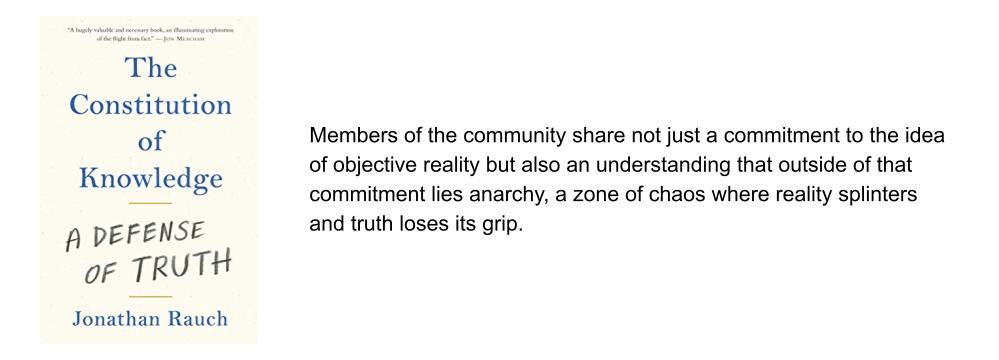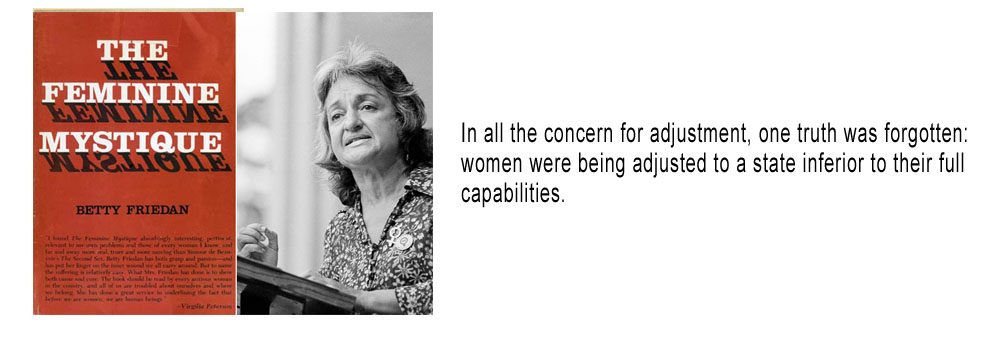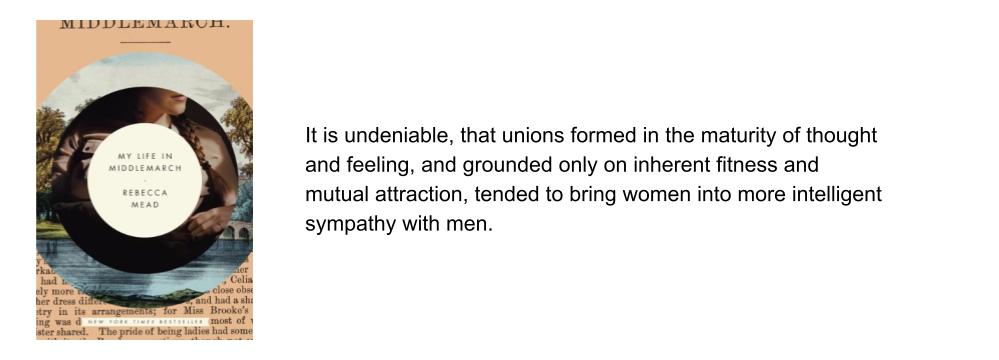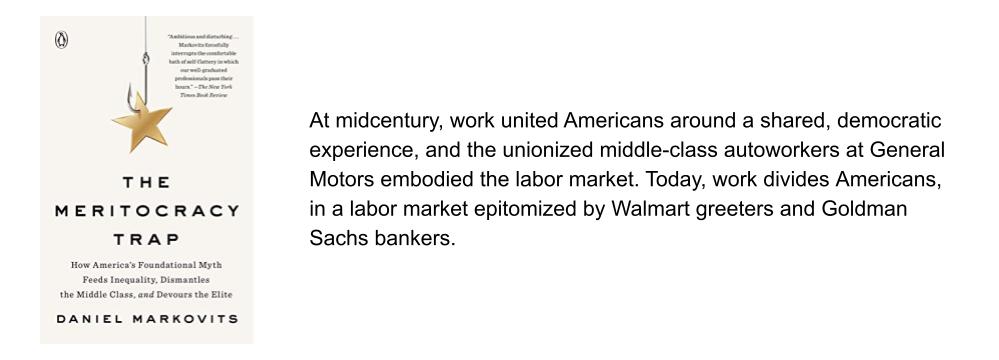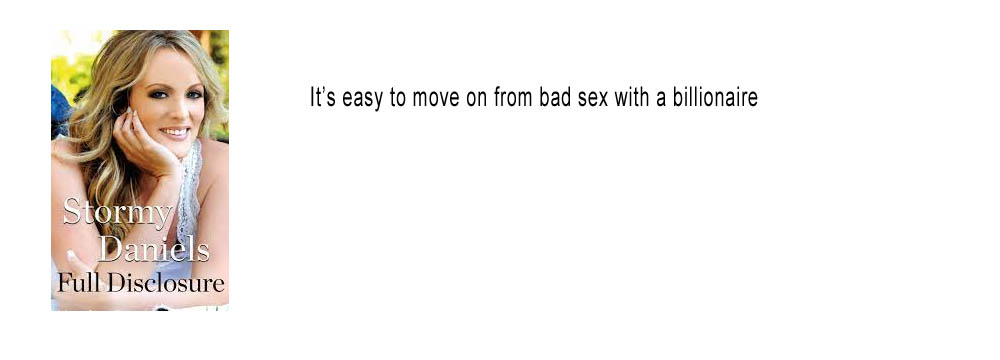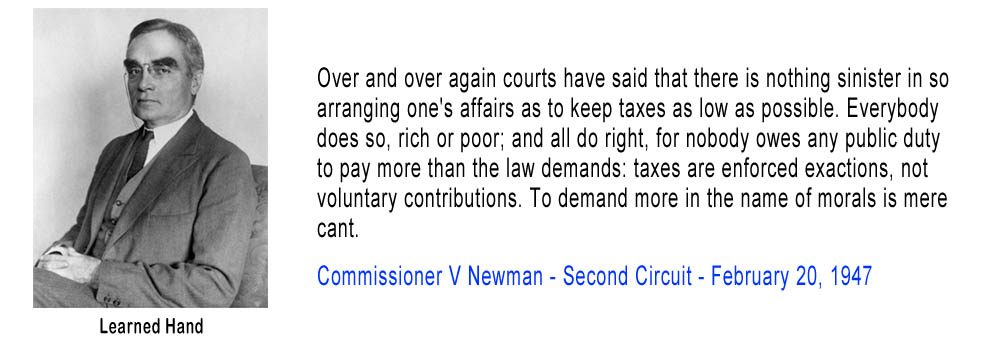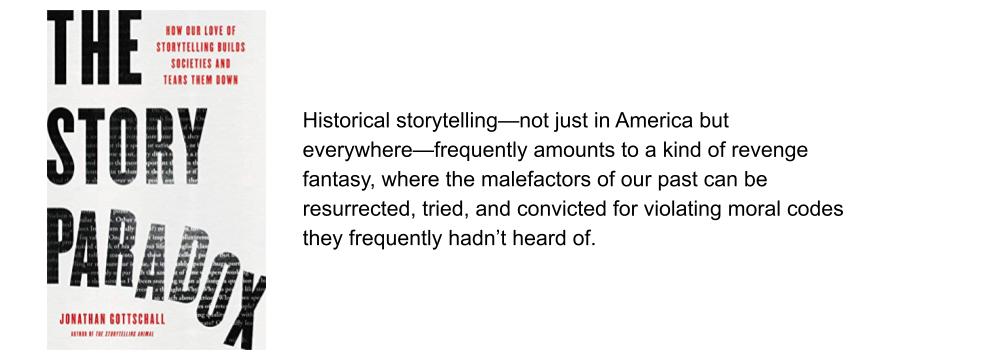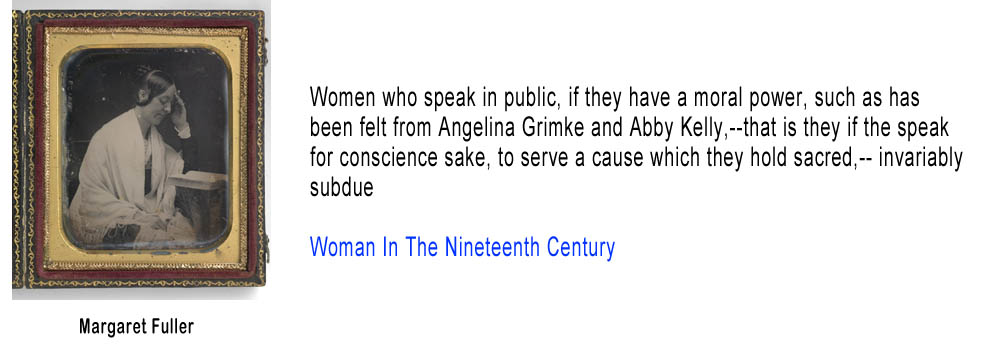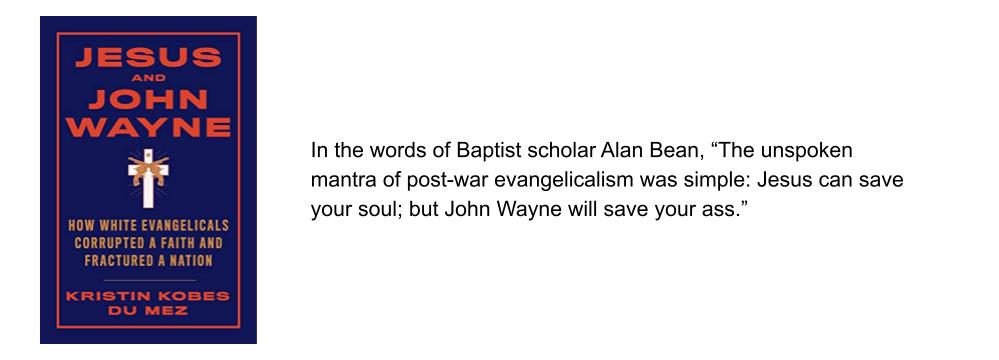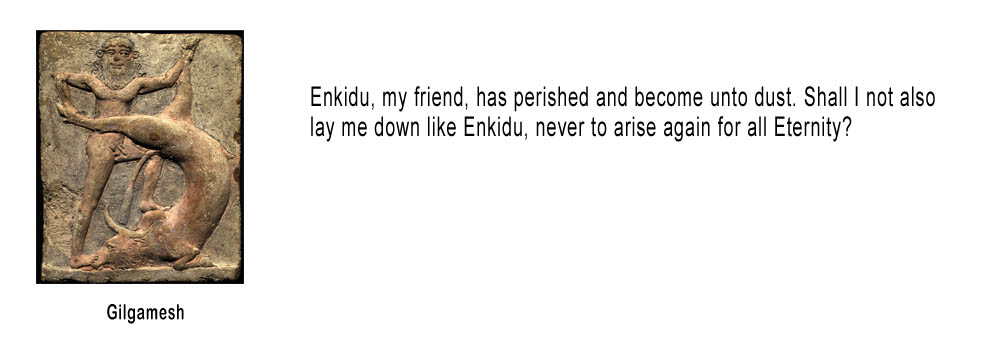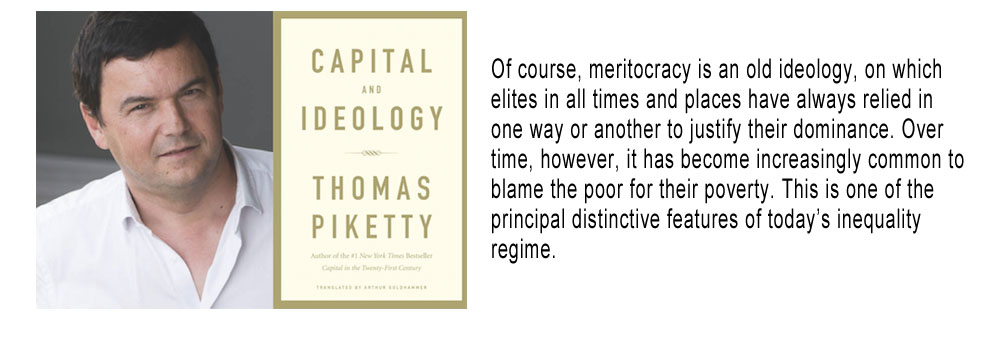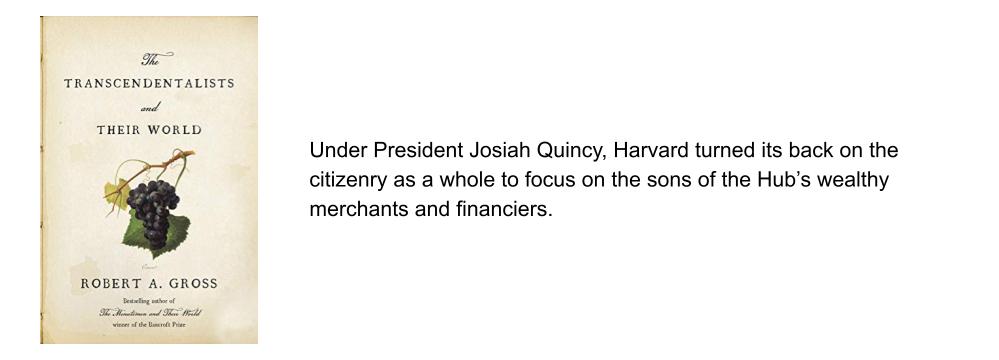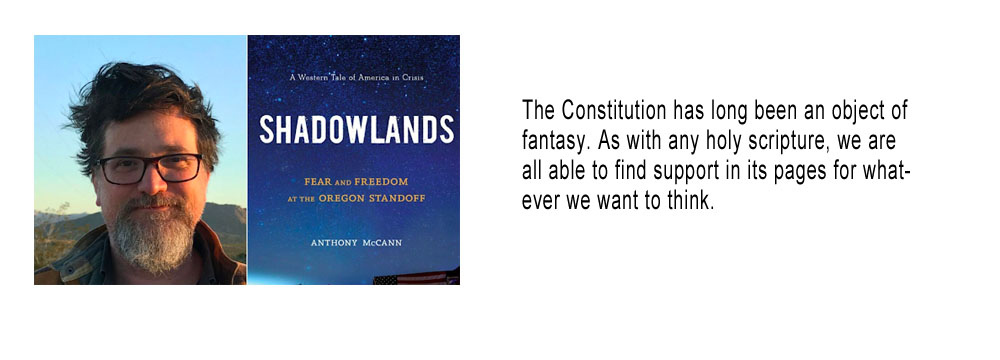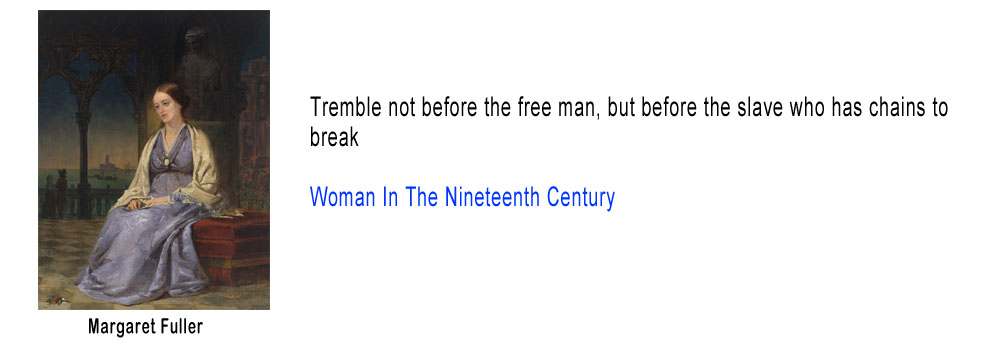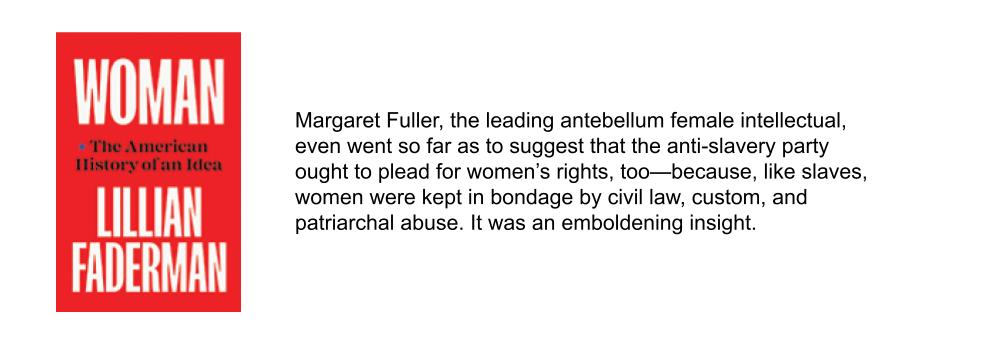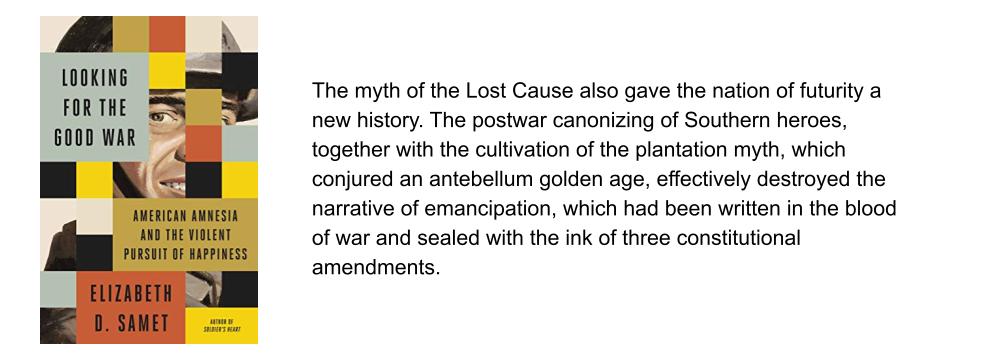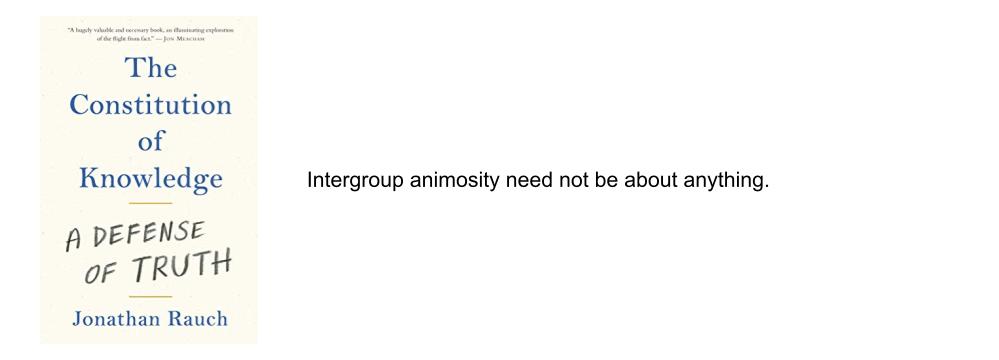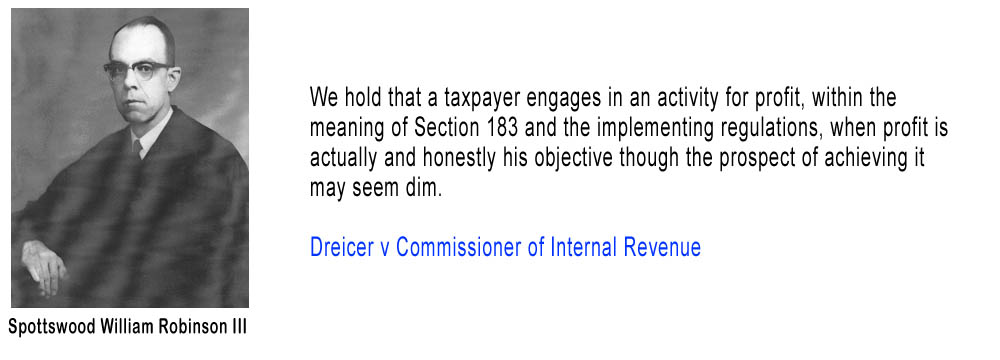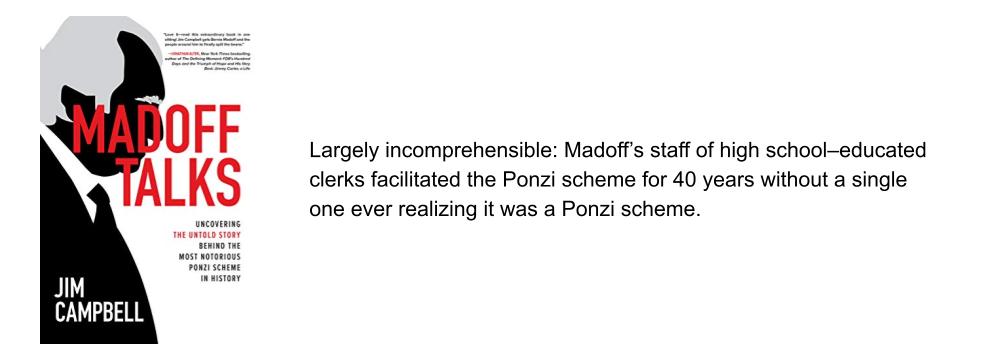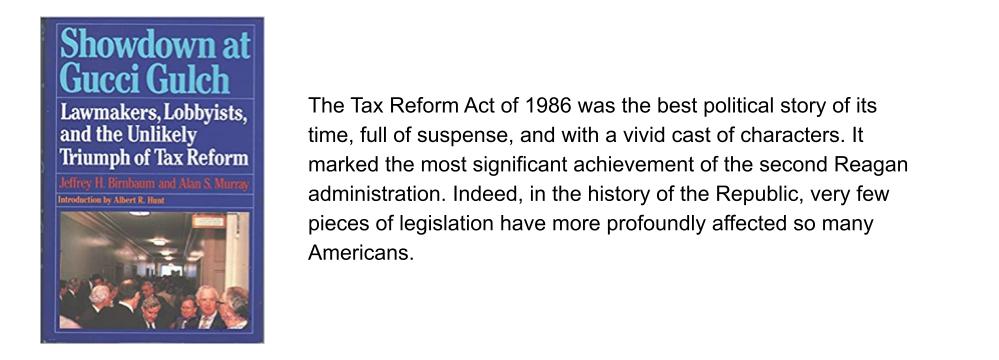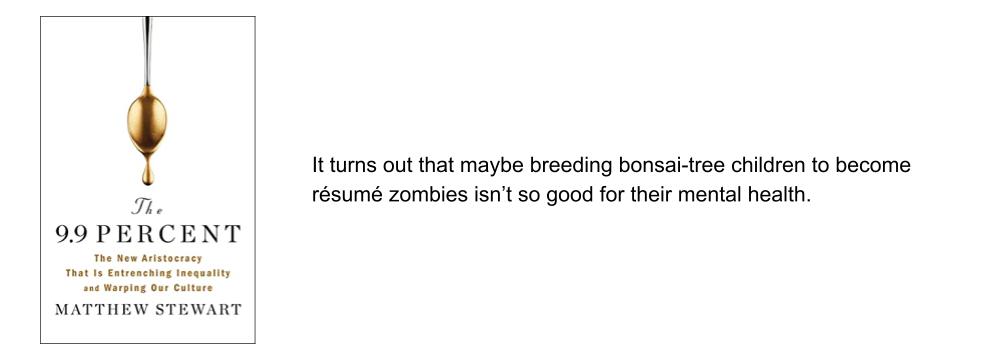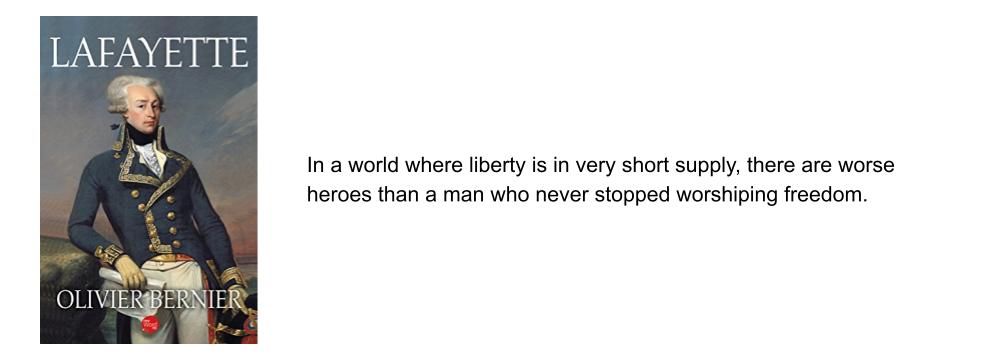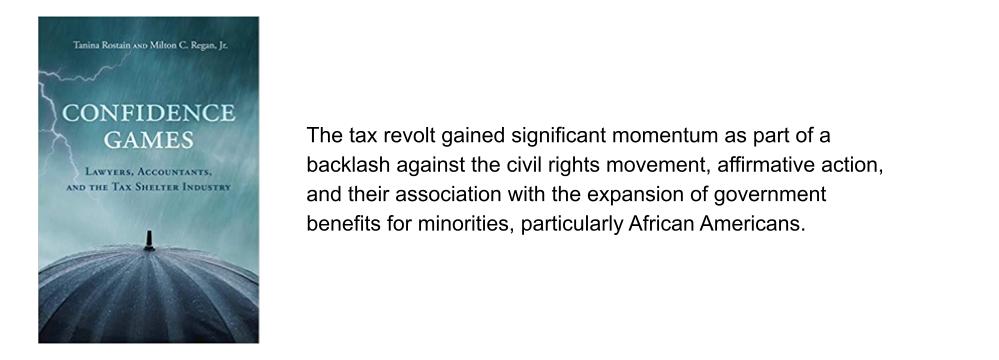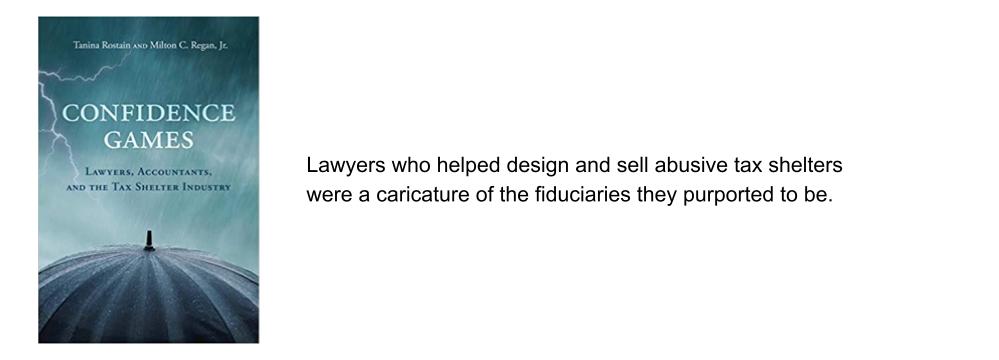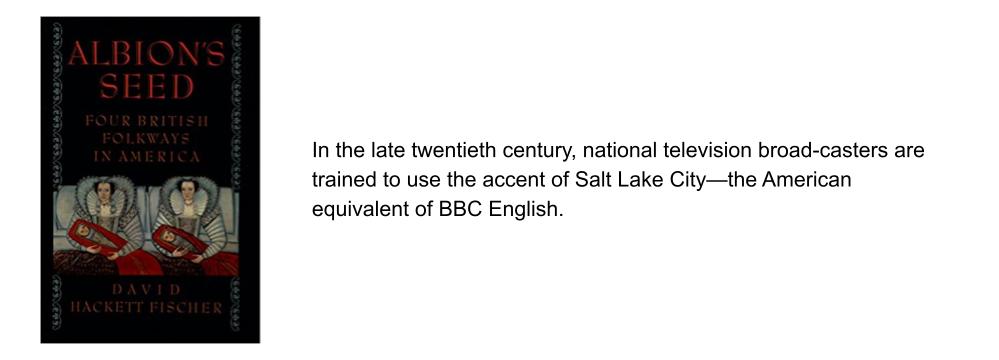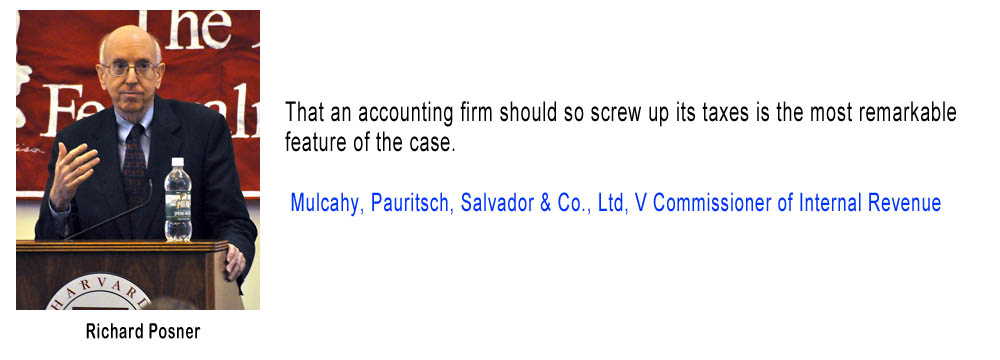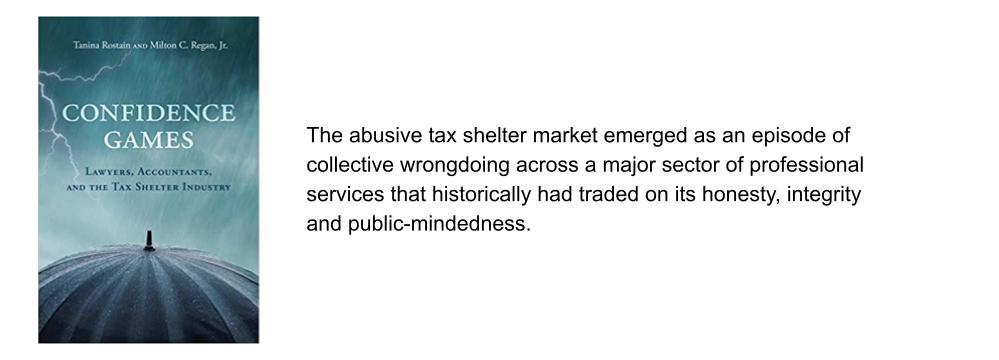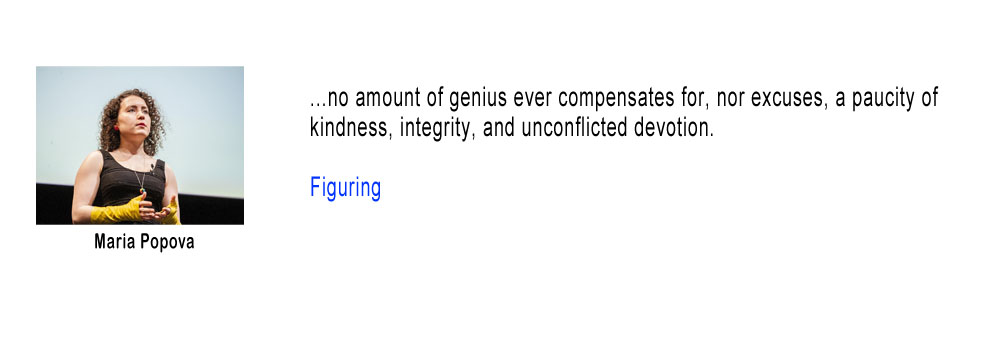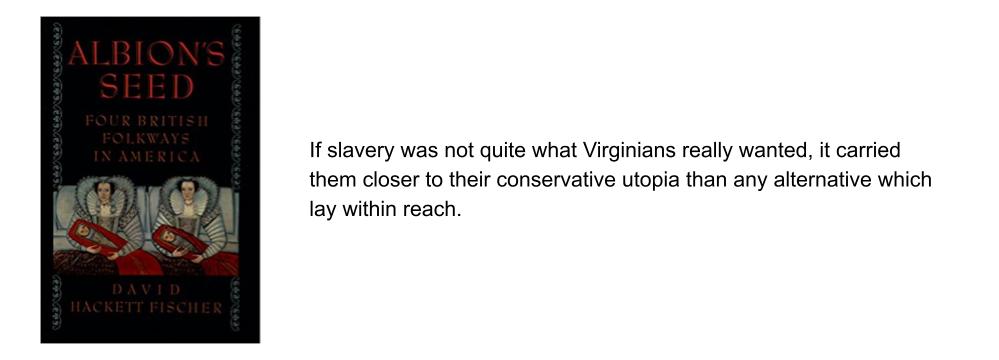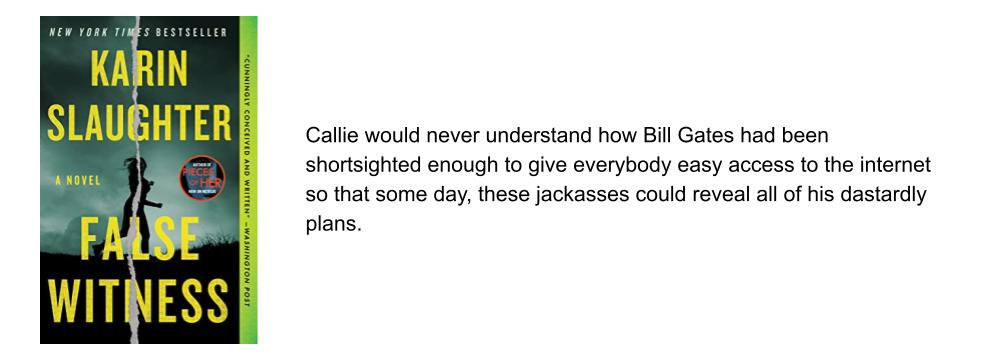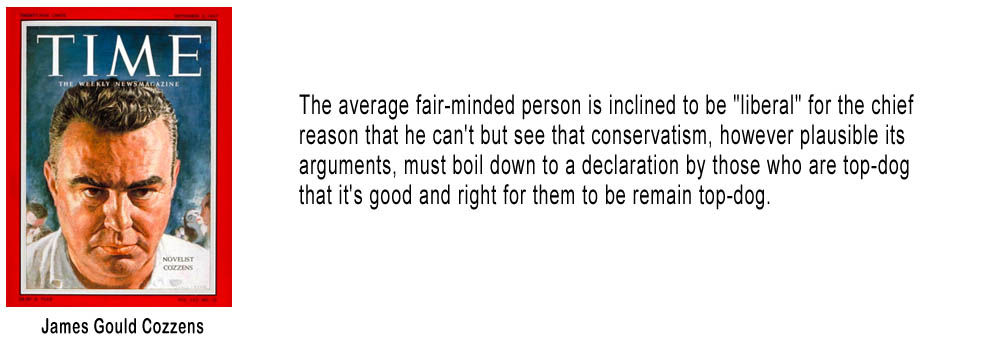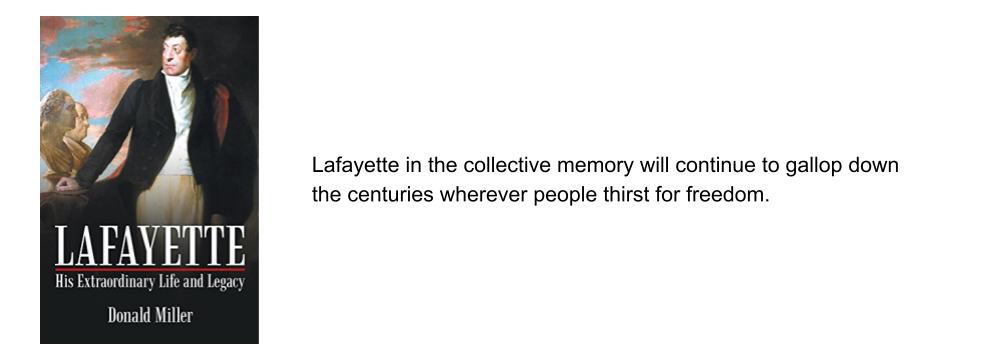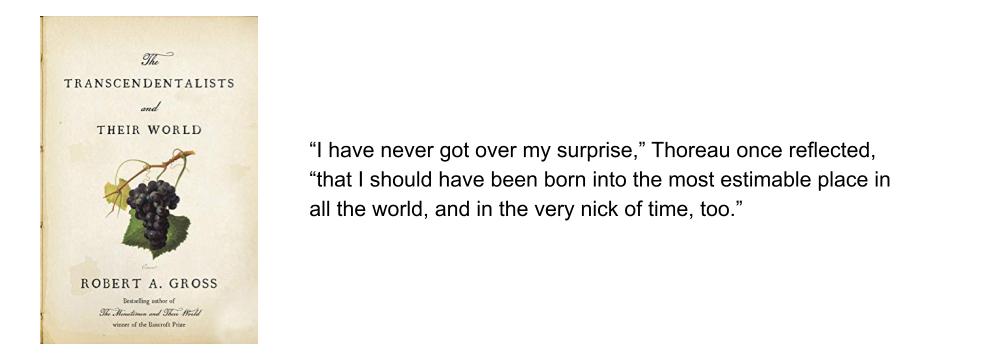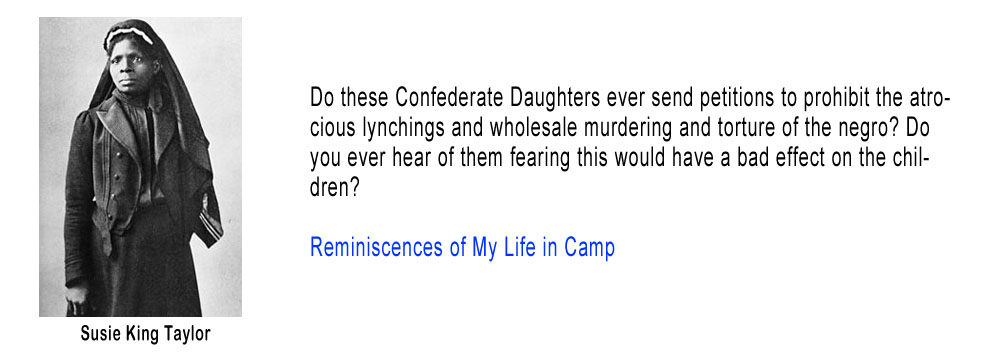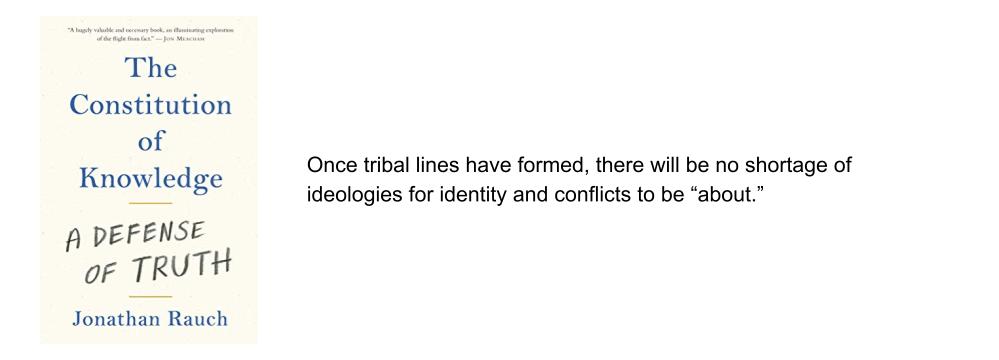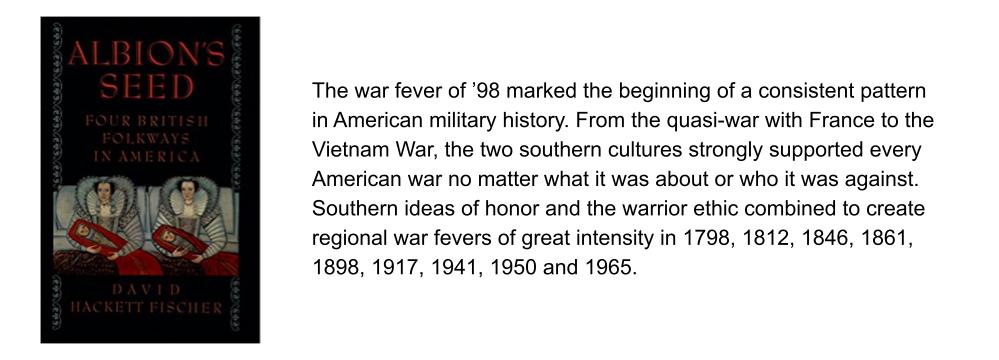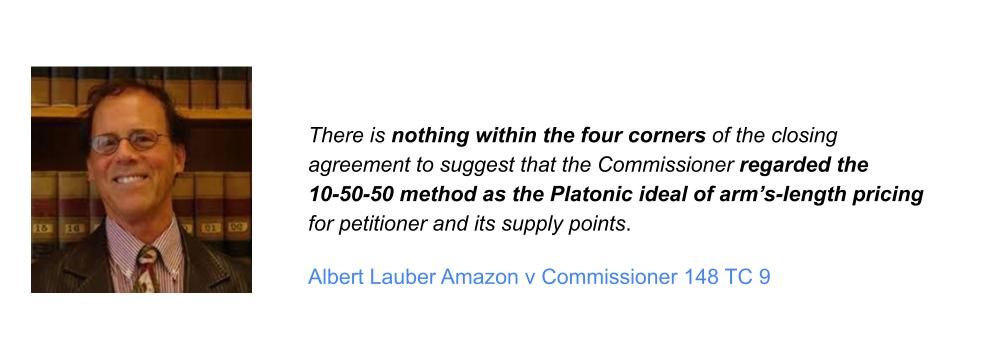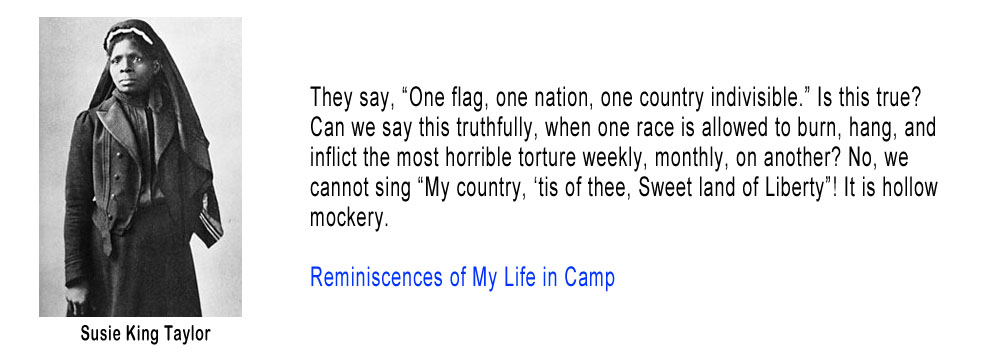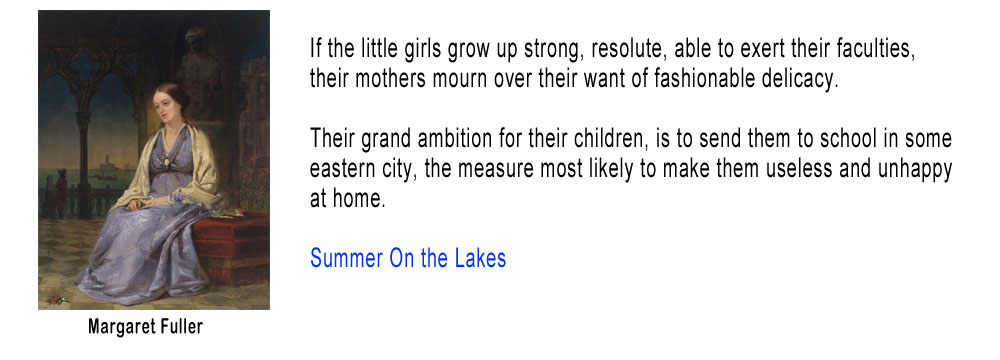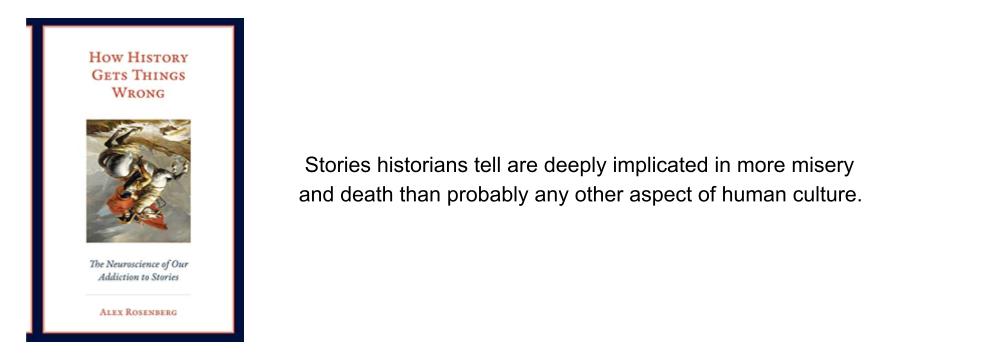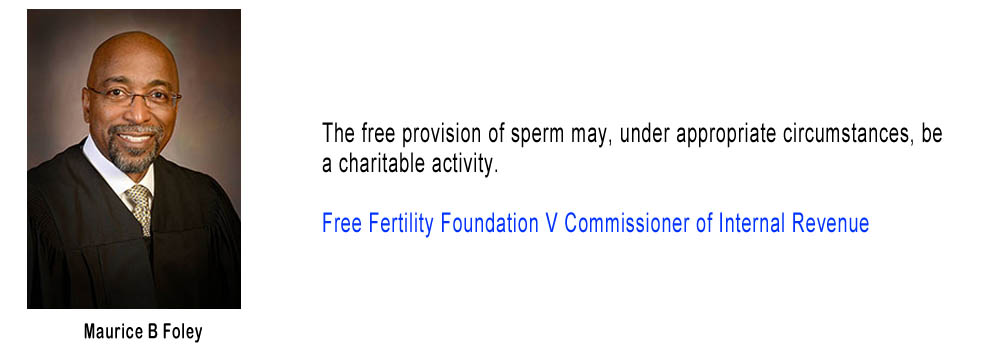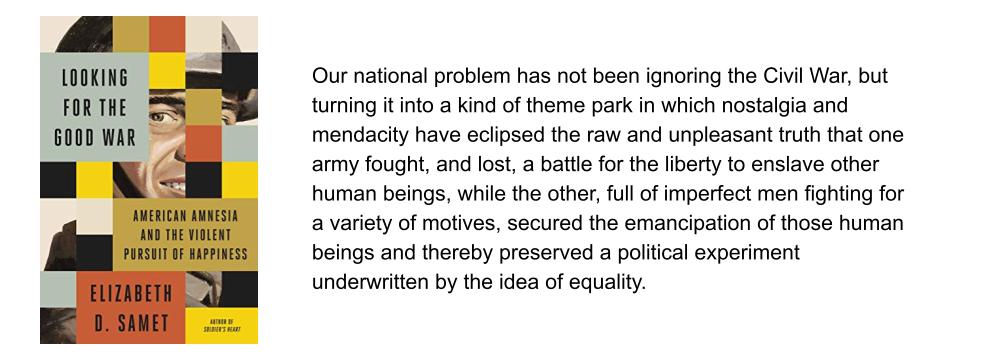This was originally published in PAOO on July 27th, 2010.
CCA 201012048 is short enough to reproduce in full (except for the secret parts of course) :
From: —————————- Sent: Wednesday, February 24, 2010 8:48:29 AM To: ————————- Cc: ———————————————— Subject: RE: TEFRA
Section 465 (at risk limitations) do not apply to partnerships. Hambrose v. Commissioner, 99 T.C. 298 (1992). Section 704(d) (limiting losses to amount of basis) does. Agents sometimes conflate or confuse the two terms, but they are separate concepts with only basis limitations applying at the partnership level.
There are probably many possible analogies you could make about the tax code, but the one that comes to mind from the above is “arms race”. Although there are provisions thrown into the code to encourage us to do or not do this that or the other thing, generally the idea is that we should go about maximizing our pre-tax profits and then figure out how much of them we should pay in tax. Of course, clever people are always trying to figure out ways to maximize what they get to keep. They come up with clever ideas and the code is amended. So they come up with some more clever ideas and the code is amended again. Unfortunately, the special rules to combat abuses generally have to be applied universally.
The successive attacks on tax shelters have created a series of hoops that one must jump through in order to recognize a loss from an entity that will shelter income. The first hoop is that the transaction has to be one entered into for profit. Next the allocation of the loss to you has to have substantial economic effect. Next, you must have basis. Then you must be “at-risk”. Finally the loss has to be from an activity in which you materially participate (unless it is sheltering income from other activities that you do not participate in).
Suppose, though, that you invest in a partnership and that that partnership invests in some other partnership. What happens is that the partnership you invest in jumps through hoops and then you jump through hoops. The ruling above is reminding agents that the basis hoop and the “at-risk” hoop even though they look a lot alike are not exactly the same. Only individuals and closely held corporations need to be at-risk.

